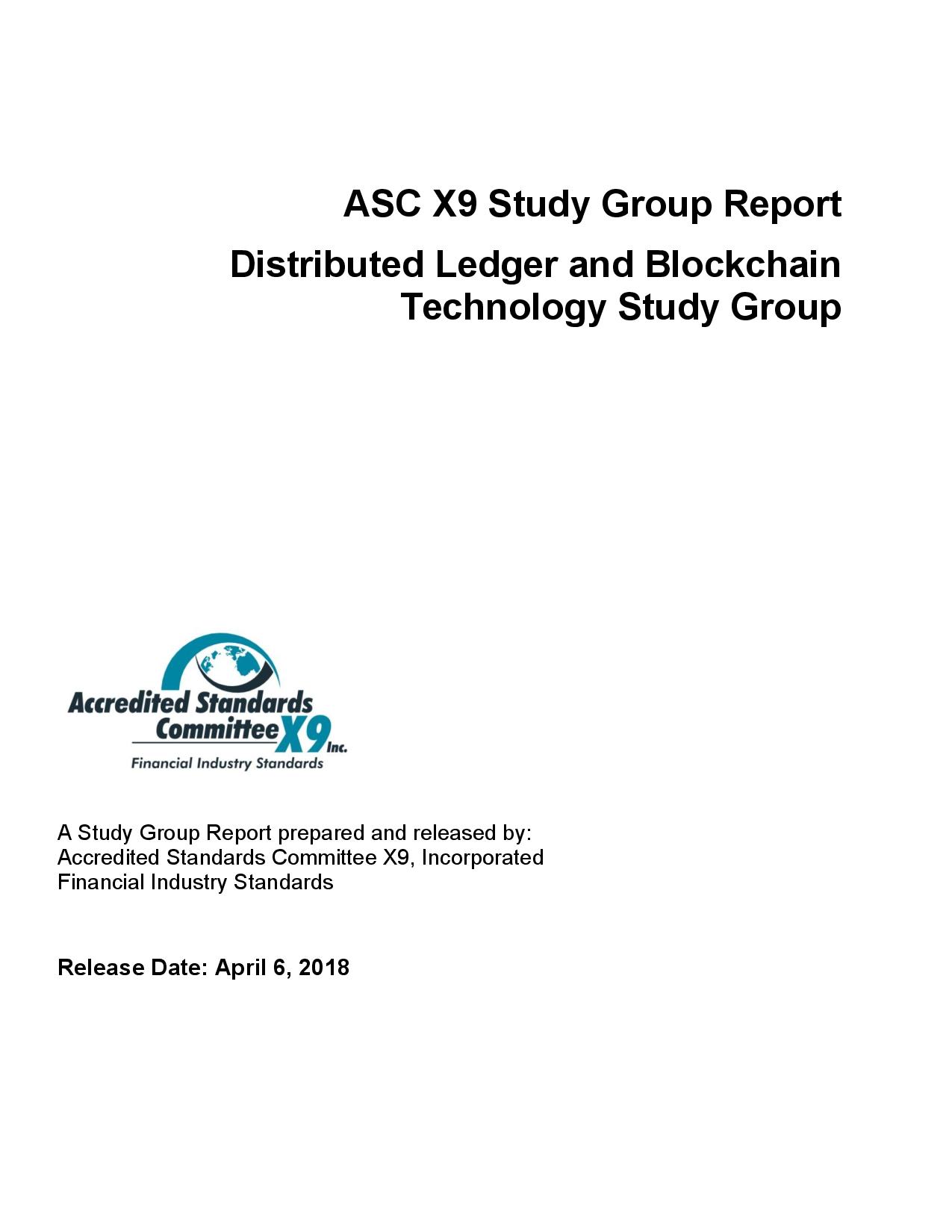Gallery: Electric Vehicle Fire Risk
- Home Page 179

John A. Paulson Center
The New York University Paulson Center 181 Mercer dormitory is a state-of-the-art residence hall located in the heart of Manhattan’s SoHo neighborhood. The building was designed by COOKFOX architects and completed in 2020.
The Paulson 181 Mercer dormitory is a 23-story building that houses more than 700 students in a mix of singles, doubles, triples, and quads. The building features a number of amenities designed to enhance the student living experience, including a fitness center, music practice rooms, a game room, and a rooftop terrace with stunning views of the city.
One of the most unique features of the Paulson 181 Mercer dormitory is its focus on sustainability and green design. The building is expected to achieve LEED Gold certification, which recognizes buildings that are designed and constructed to minimize their environmental impact. Some of the sustainable features of the building include a green roof, rainwater harvesting system, and energy-efficient lighting and HVAC systems.
The $1.2 billion John A. Paulson Center — which opened in January 2023 — provides all of the occupancy classes for the “university without a quad”.
*In 2005, Paulson began investing heavily in credit default swaps, which are essentially insurance contracts that pay out if a particular debt instrument defaults. He used these swaps to bet against the subprime mortgage market, which he believed was overvalued and ripe for collapse. When the housing market crashed in 2008, Paulson’s bets paid off in a big way, earning him billions of dollars in profits.
Paulson has also been involved in other successful trades, including investments in gold and banking stocks. However, his bet against the subprime mortgage market remains his most famous and lucrative trade.
How Engineers are Strengthening the Electrical Power Grid
How does the electrical grid respond to a crisis?
If the power goes out after a thunderstorm, utility crews are on the job within hours to restore service and get the lights back on. Most electric utilities in the U.S. have a reputation for reliability and recovery from situations like this. It has been noticed as planners began thinking about increased natural disasters brought on by population migration patterns, manmade interference due to malicious cyber-attacks, and the instability brought about by adding large quantities of renewable energy.
At North Carolina State University, The Future Renewable Electric Energy Delivery and Management (FREEDOM) Systems Engineering Research Center was created through funding from the National Science Foundation in 2008 to modernize the electrical grid to accommodate sustainable energy, such as wind and solar power. The Freedom Center has been involved in developing online tools for assessing vulnerabilities to address cyber-physical security called distributed grid intelligence. The hope is that smart microgrids with sensors embedded throughout the system might be more resilient to failure and easier to bring back online and large multi-state electric grids. But the emerging smart grid, together with distributed renewable energy such as rooftop solar, presents a new set of challenges to resilience. The Smart Grid involves more distributed energy down to the home level. That kind of penetration adds a level of vulnerability to a cyber threat. Engineers will certainly have to pay attention to that as the grid gets smarter.
“La primavera”
This content is accessible to paid subscribers. To view it please enter your password below or send mike@standardsmichigan.com a request for subscription details.
Open Commission Meeting
“The wireless age has brought us closer together,
yet we must work to ensure that it does not divide us.”
— Guglielmo Marconi
FCC Proposes to Modify Technical Rules for Digital FM Stations
Our Office of Engineering & Technology maintains the U.S. Table of Frequency Allocations, manages Experimental Licensing & Equipment Authorization programs, regulates operation of unlicensed devices, and conducts engineering & technical studies. https://t.co/MATs1ThyxL #FCC101
— The FCC (@FCC) August 17, 2023
The FCC is the United States’ primary authority for communications laws, regulation and technological innovation. We provide a link to the August 3rd meeting during which time rules for Digital FM Radio and Non-Federal Spectrum Usage were discussed. Campus Security Radio, National Public Radio and Student Radio are central features of education community culture and safety and are typically available when the internet is not.
Standards March: Water
Curated list of our interest and accomplishments in water-related codes, standards and related best practice literature.
International Building Code | Chapter 29 Plumbing Systems
“Àguas de março” (A.C.Jobim)
Escola Municipal de Música de Sant Andreu | Catalunya Província de Barcelona @joanchamorro
print(“Lunch Hour 1600 UTC”)\n weekday(2)
print(“Padrão Brasil”)https://t.co/wFPKtBBD2R pic.twitter.com/vibSBRmBC3— Standards Michigan (@StandardsMich) March 6, 2024
A good understanding of waves in shallow water, typically in coastal regions, is important for several environmental and societal issues: submersion risks, protection of harbors, erosion, offshore structures, wave energies, etc.https://t.co/E6T2woxQ67@_CIRM @CIGLR_UM pic.twitter.com/DUnk6rlFW9
— Standards Michigan (@StandardsMich) February 24, 2021
Water Cycle Equation:
Precipitation = Runoff + Infiltration + Evapotranspiration + ΔStoragehttps://t.co/DdIA3UWUxy
Georgia Southern University Civil Engineering & Constructionhttps://t.co/rVhv4tyuBt@GeorgiaSouthern pic.twitter.com/9yo5NZrJQH— Standards Michigan (@StandardsMich) September 10, 2020
We are marking up NSF 50 Standard for Recreational Water Facilities RE: piping changeshttp://t.co/9TDj8D4Ic4 pic.twitter.com/OsGIo5w6q2
— Standards Michigan (@StandardsMich) January 7, 2015
Today we review live public consultation notices from standards setting organizations creating best practice literature and policy templates for water safety and sustainabilityhttps://t.co/sM4vKIpRTK pic.twitter.com/T5kJ1LpYrC
— Standards Michigan (@StandardsMich) August 4, 2020
A good understanding of waves in shallow water, typically in coastal regions, is important for several environmental and societal issues: submersion risks, protection of harbors, erosion, offshore structures, wave energies, etc.https://t.co/E6T2woxQ67@_CIRM @CIGLR_UM pic.twitter.com/DUnk6rlFW9
— Standards Michigan (@StandardsMich) February 24, 2021
“Microfiber Release to Water, Via Laundering, and to Air, via Everyday Use: A Comparison between Polyester Clothing with Differing Textile Parameters”
University of Plymouth @PlymUni
Consiglio Nazionale delle Ricerche @CNRsocial_https://t.co/suKmOp56HD pic.twitter.com/kJ0uFFwmAN— Standards Michigan (@StandardsMich) September 25, 2021
Duke University Press – A Future History of Water
Andrea Ballesterohttps://t.co/cm4ybE6W76 pic.twitter.com/5RmPdmtMr7— Standards Michigan (@StandardsMich) May 15, 2020
RT @wef: Where is the world’s hidden groundwater? https://t.co/cTCqljIFsu #environment #water pic.twitter.com/OoVxrzvh3q
— Standards Michigan (@StandardsMich) December 11, 2015
ANSI Seeks Comments on ISO Proposal for Water Products
Comments due December 8thhttps://t.co/PbCprmGyFc @standardsaus @ansidotorg @IFMA pic.twitter.com/ToDwD0K4R9— Standards Michigan (@StandardsMich) November 5, 2017
Boiler University https://t.co/p8HkfwQh5b
Ritchie and Steven discuss steam boiler mathematics: Horsepower, Pounds Per Hour, Boiler Horsepower Formula, Pounds Per Hour Formula, Convert Steam to hot water formula, Heat exchanger, Steam Load@WareInc pic.twitter.com/EosfgvE01S— Standards Michigan (@StandardsMich) February 4, 2021
Help us mark up standards that provide regulators w/specifics needed for wise use of waterhttps://t.co/4SQhP6k8YO https://t.co/lfBrUvgudy
— Standards Michigan (@StandardsMich) November 10, 2015
Brunch Grits
This content is accessible to paid subscribers. To view it please enter your password below or send mike@standardsmichigan.com a request for subscription details.
Apricot Crumble
This content is accessible to paid subscribers. To view it please enter your password below or send mike@standardsmichigan.com a request for subscription details.
New update alert! The 2022 update to the Trademark Assignment Dataset is now available online. Find 1.29 million trademark assignments, involving 2.28 million unique trademark properties issued by the USPTO between March 1952 and January 2023: https://t.co/njrDAbSpwB pic.twitter.com/GkAXrHoQ9T
— USPTO (@uspto) July 13, 2023
Standards Michigan Group, LLC
2723 South State Street | Suite 150
Ann Arbor, MI 48104 USA
888-746-3670




















